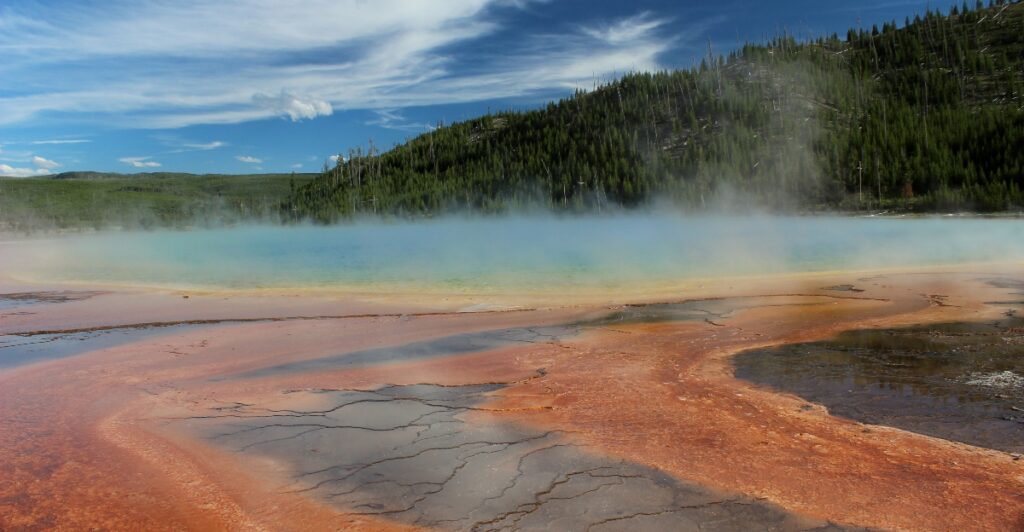
Yellowstone has been quite popular in the news lately for many different reasons and this majestic volcano is like a gift that keeps giving. For decades, scientists have known that large reservoirs of molten rock simmer beneath Yellowstone’s surface, but the exact mechanics have always been quite mysterious. In a recent discovery, researchers have identified a hidden magma cap just over two miles beneath the surface. Acting as a natural “lid,” this volatile-rich cap traps heat and pressure and allows gases to vent steadily, helping stabilize the system and prevent a catastrophic eruption.
Discovery of the Magma Cap
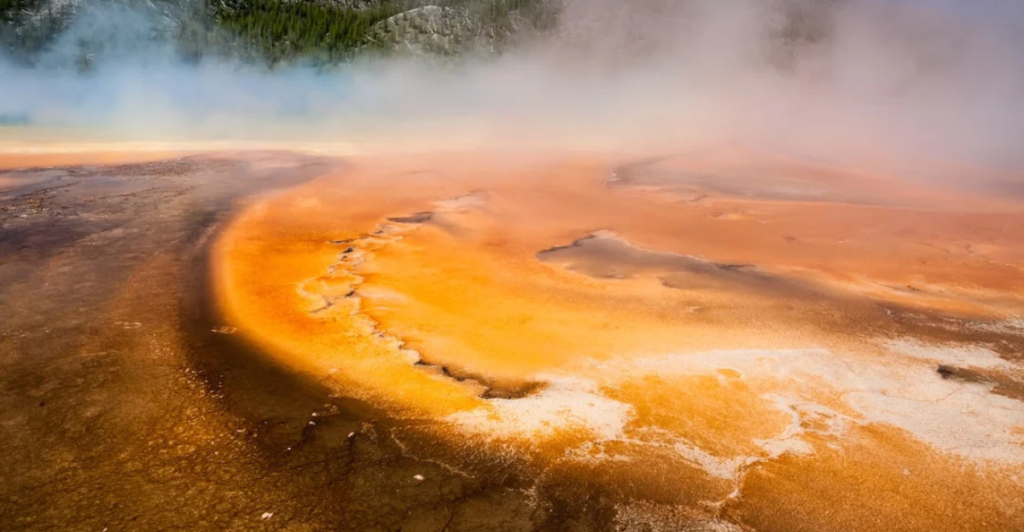
Using a 53,000-pound vibroseis truck to generate controlled seismic waves- essentially creating tiny ones- researchers from Rice University and collaborating institutions were able to capture some of the clearest images of subsurface geology. Their high-resolution seismic imaging revealed a sharp, volatile-rich magma cap located about 2.4 miles (approximately 3.8 kilometers) beneath the surface, where solid rock abruptly transitions to partially molten material mixed with gas bubbles.
“For decades, we’ve known magma beneath Yellowstone, but the exact depth and structure of its upper boundary has been a big question,” said Schmandt, professor of Earth, environmental and planetary sciences. “What we’ve found is that this reservoir hasn’t shut down — it’s been sitting there for a couple of million years, but it’s still dynamic.”
Seismic Imaging Techniques
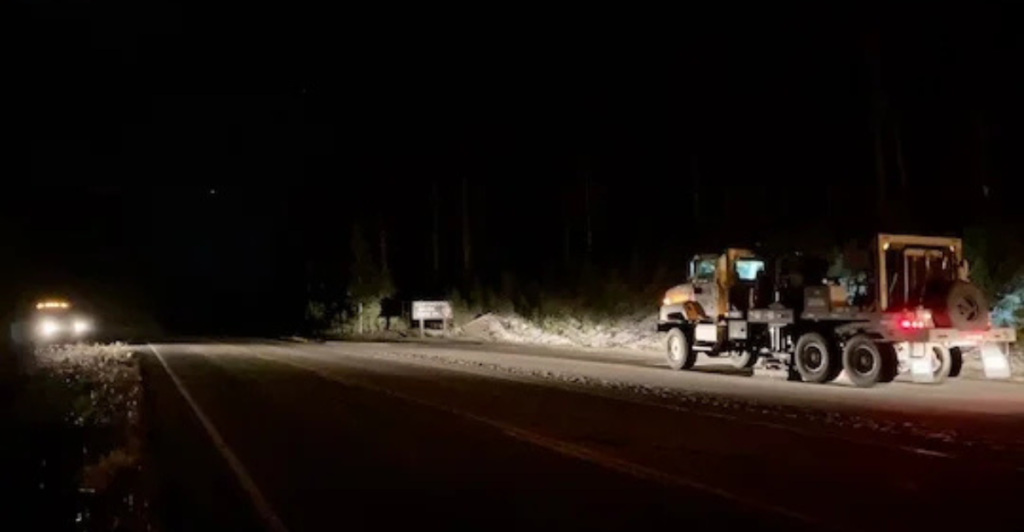
Researchers employed a 53,000-pound vibroseis truck to generate controlled low-frequency vibrations-essentially artificial seismic waves-at over 100 locations across the caldera. These vibrations acted like tiny earthquakes, sending seismic waves deep into the ground, reflecting off various underground layers. By capturing and analyzing these reflected waves with hundreds of portable seismometers, scientists could create high-resolution seismic reflection images of the subsurface geology.
“Seeing such a strong reflector at that depth was a surprise,” Schmandt said. “It tells us that something physically distinct is happening there — likely a buildup of partially molten rock interspersed with gas bubbles.”
Composition of the Magma Cap
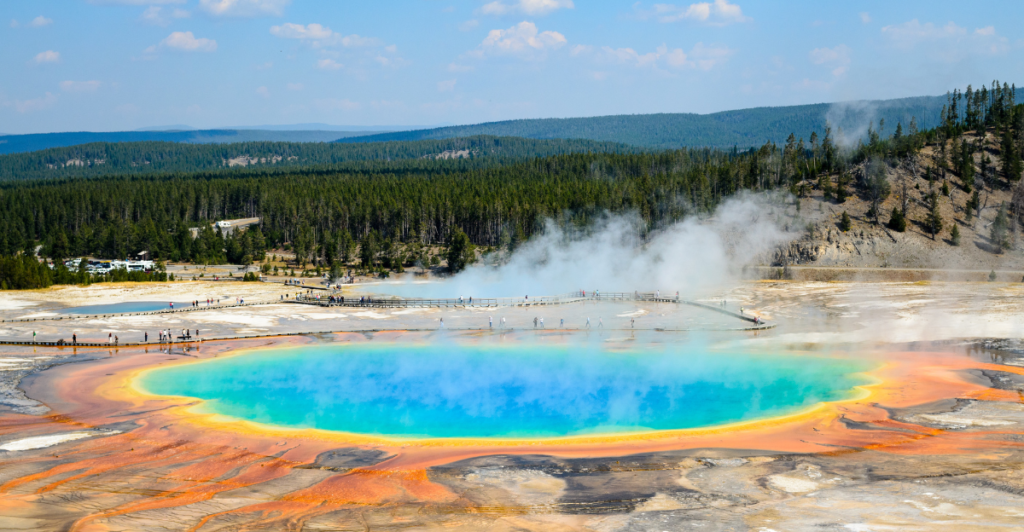
The magma cap beneath Yellowstone is composed of a complex mixture of silicate melt, supercritical fluids, and gas bubbles trapped within porous rock. This volatile-rich layer forms a sharp boundary where solid rock abruptly transitions to a bubbly, partially molten material. The gases-primarily water vapor and carbon dioxide-exsolve from the magma as pressure decreases, creating bubbles that increase the magma’s buoyancy and volatility.
“Steady Breathing” of the Volcano
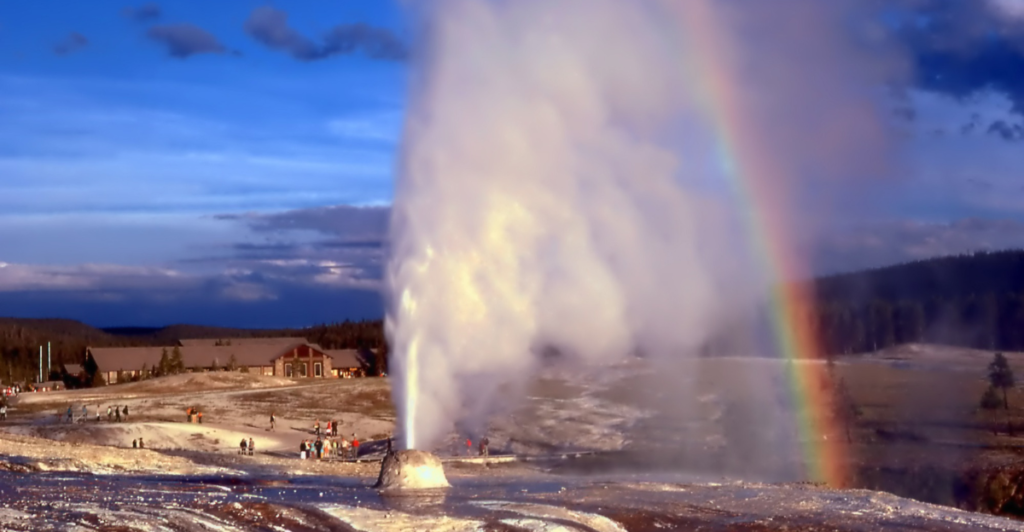
As magma rises and decompresses beneath the surface, gases like water vapor and carbon dioxide separate from the molten rock, forming bubbles. Instead of these bubbles accumulating to trigger an eruption, the porous magma cap allows them to escape gradually through cracks and channels between mineral crystals. This natural pressure-release mechanism acts like a steady exhalation, preventing dangerous pressure buildup and maintaining the stability of the volcanic system.
“Although we detected a volatile-rich layer, its bubble and melt contents are below the levels typically associated with imminent eruption,” Schmandt said. “Instead, it looks like the system is efficiently venting gas through cracks and channels between mineral crystals, which makes sense to me given Yellowstone’s abundant hydrothermal features emitting magmatic gases.”
Insights from Computer Modeling
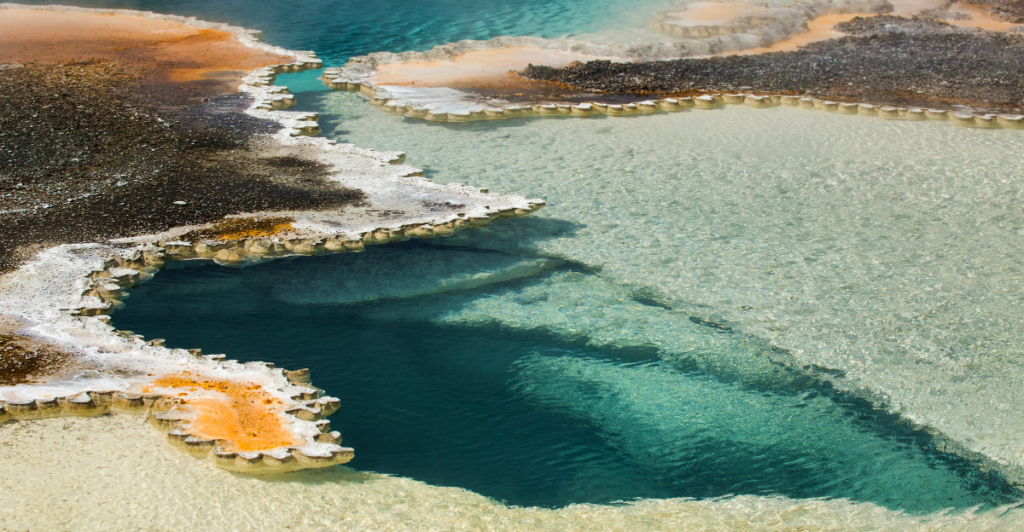
After pinpointing the depth of the volatile-rich magma cap, researchers used sophisticated simulations to analyze its composition and dynamics. These simulations revealed that the cap consists of molten minerals interspersed with supercritical water bubbles within porous rock. These models demonstrate how gas bubbles rise and escape through the cap’s porous structure, effectively releasing pressure and preventing dangerous buildup that could trigger an eruption.
“The challenge was that the raw data made it almost impossible to visualize any reflection signals,” Duan, a postdoctoral research associate, said. “We used the STA/LTA function to enhance coherent seismic reflections, and this was the first time we had innovatively applied STA/LTA data within the wave-equation imaging algorithm.”
Implications for Eruption Risk
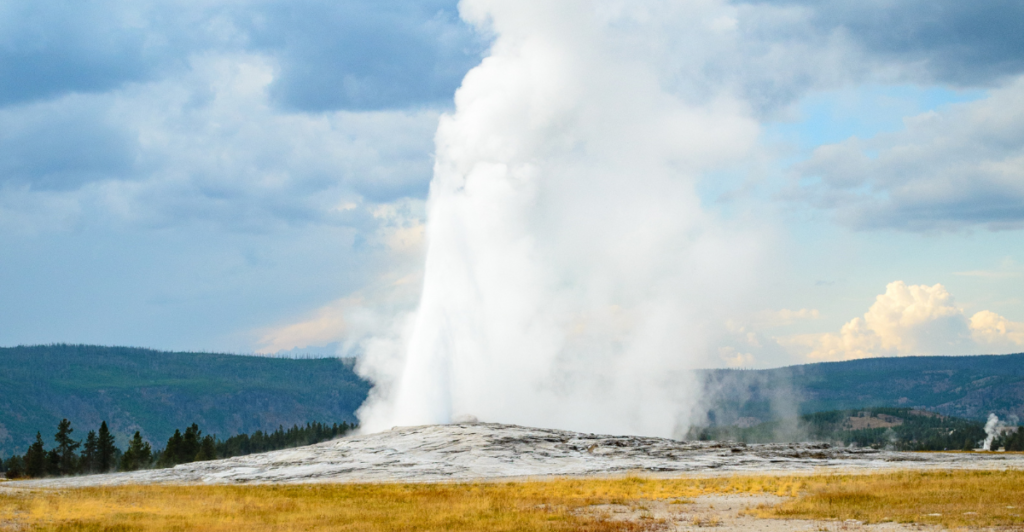
The discovery suggests a catastrophic eruption at Yellowstone is less likely than previously feared. This volatile-rich cap acts as a natural pressure-release valve, allowing gases to vent steadily and preventing dangerous pressure buildup that could trigger a catastrophic eruption. Current seismic and compositional data indicate that the magma and gas content within the cap remain below critical thresholds typically associated with imminent volcanic activity, suggesting the system is stable for now.
While Yellowstone’s supervolcano has the potential for a massive eruption with devastating regional and global consequences, scientists emphasize that such an event is highly unlikely in the near future.
Comparing Past and Present Magma Reservoirs
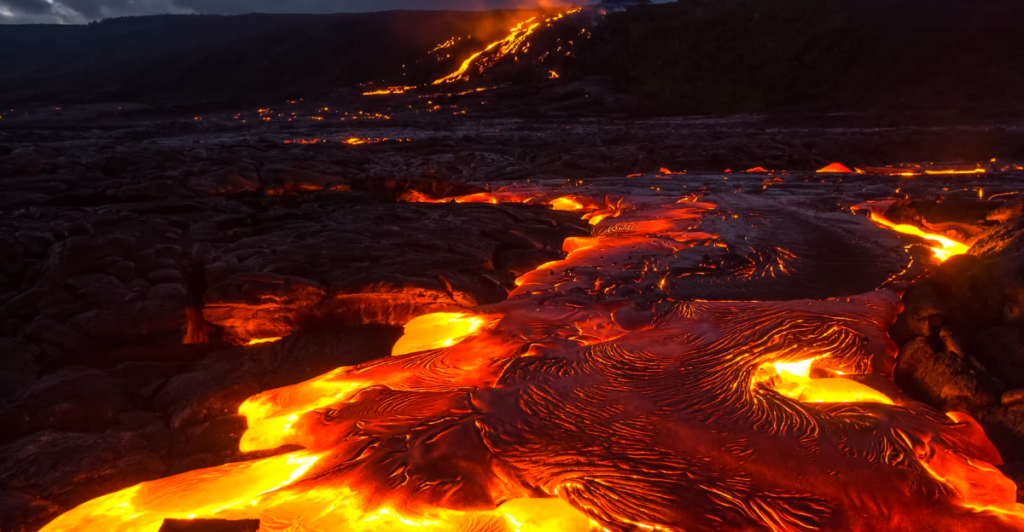
Current studies show that the magma chamber today is mostly solid, containing only about 5-20% molten rock. The upper reservoir holds more melt than previously estimated, up to 20% in some shallow areas compared to earlier estimates of 5-15%.
Unlike a large magma body, the reservoir is more like a “snow cone,” composed of solid crystalline rock interspersed with molten magma and gas pockets. This contrasts with past reservoirs that fueled massive explosive eruptions, as today’s magma system appears more stable and less prone to sudden large-scale eruptions.
Ongoing Monitoring and Future Research
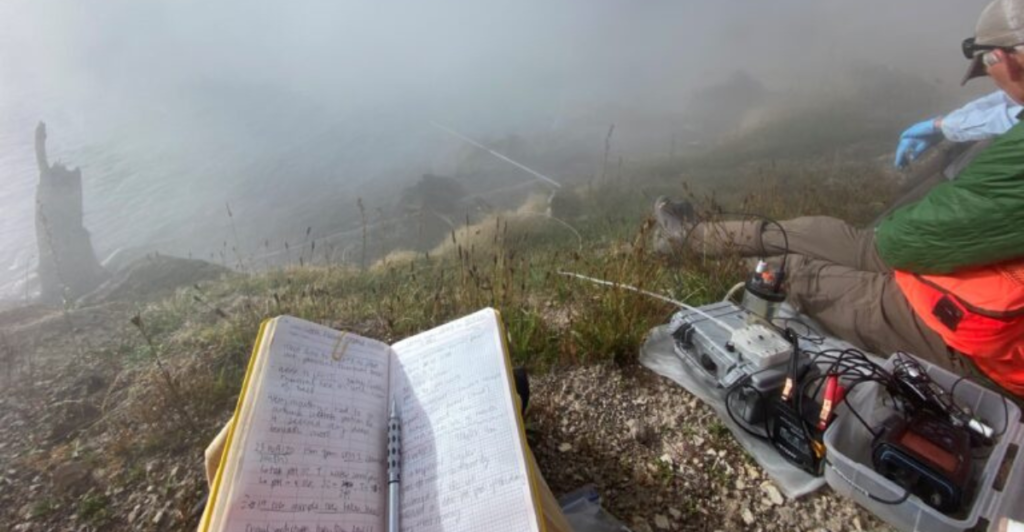
The Yellowstone Volcano Observatory (YVO) and federal and academic partners continuously track seismic activity, ground deformation, gas emissions, and hydrothermal events using an extensive network of seismographs, GPS stations, and gas sensors. This real-time data allows scientists to detect subtle changes that could indicate shifts in magma movement or pressure beneath the surface.
“Being able to image what’s happening underground is important for everything from geothermal energy to storing carbon dioxide,” Schmandt said. “This work shows that with creativity and perseverance, we can see through complicated data and reveal what’s happening beneath our feet.”
What This Means for Yellowstone’s Visitors
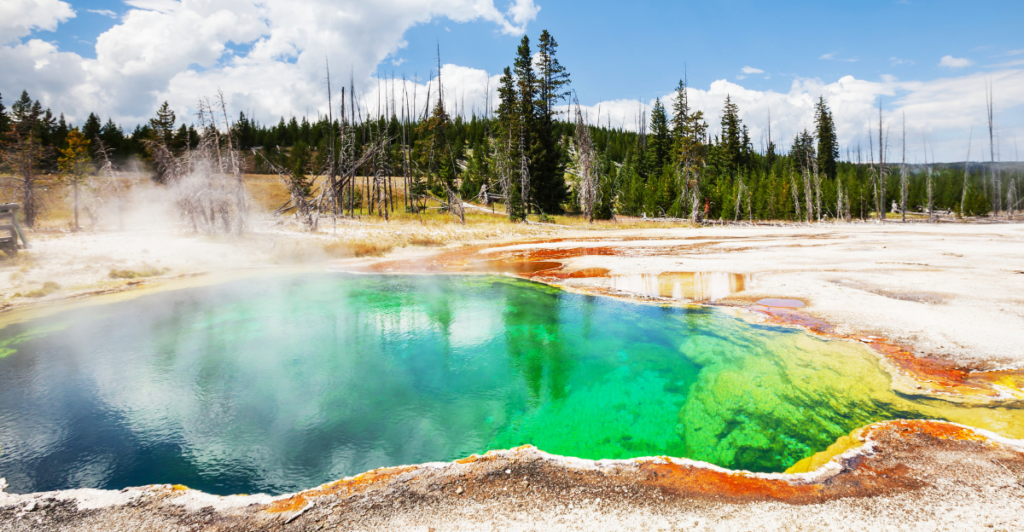
Despite the dramatic headlines, the new findings should reassure park visitors. Despite Yellowstone’s status as a supervolcano, current scientific monitoring shows no signs of imminent eruption, and the steady release of volcanic gases through the magma cap helps maintain system stability. The park remains safe to visit, with its geothermal features powered by this underground activity, offering unique natural wonders.
However, visitors should always respect safety guidelines, stay on designated boardwalks, and be aware of potential hazards like hydrothermal explosions, which can occur with little warning.
Explore more of our trending stories and hit Follow to keep them coming to your feed!

Don’t miss out on more stories like this! Hit the Follow button at the top of this article to stay updated with the latest news. Share your thoughts in the comments—we’d love to hear from you!







